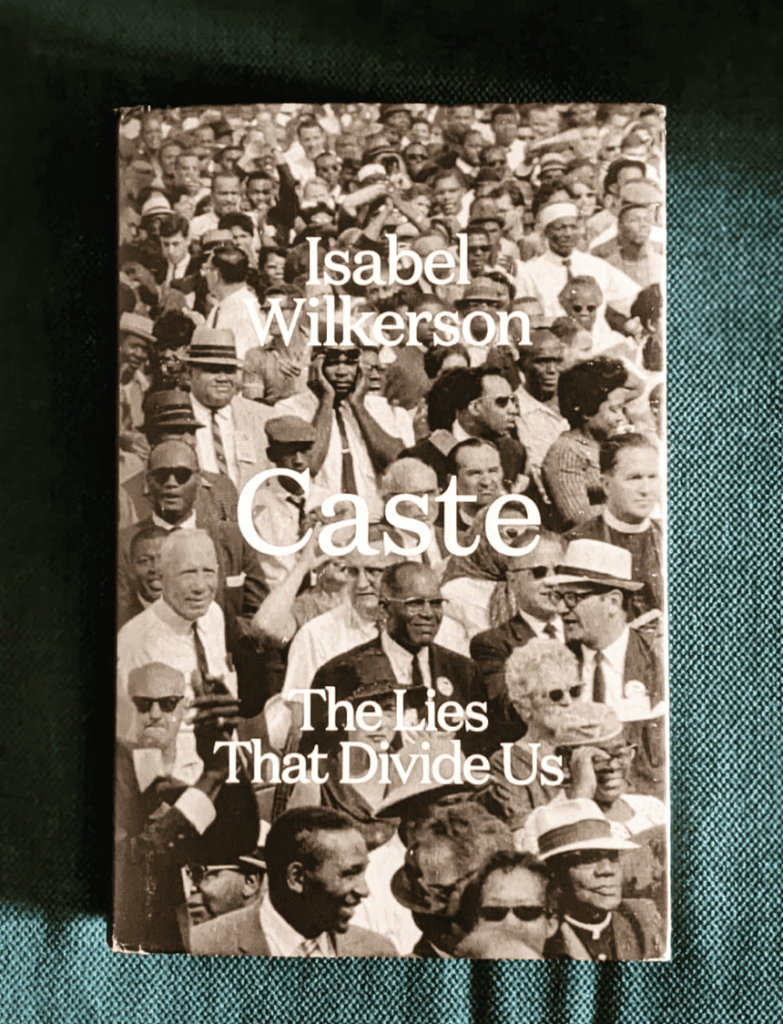Isabel Wilkerson
An artificial construction of human value, that deems one group of humans to be superior to another, based on ancestry and immutable traits, and rigidly enforced consciously, and subconsciously. Caste is not new, but surprisingly still a phenomenon in 2021. In the US, race is the visible manifestation of caste. But as the author points out, its underlying infrastructure is caste. That’s why Nazi Germany and India both serve as examples too. And that’s also why Martin Luther King, Jr., despite the initial discomfort, agreed to his introduction in a school in Trivandrum, India, as “a fellow untouchable from the United States of America“. Caste is also different from class, which is a measure of one’s standing in society marked by education, income, occupation, and taste, manners etc that flow from the socioeconomic status. This can be acquired, which is not the case with caste.
Isabel Wilkerson sets up the context – “heat rising all around” – with the 2016 US Presidential elections, and the history of caste, including the arbitrary term “Caucasian” (on the basis of German professor Blumenbach’s favourite skull) that now denotes the white population, and the millennia-old varna system in India. It is interesting to note that while the Americans were considered heroes in World War 2, they had a history of eugenics that the Nazis took a lot of inspiration from for creating their own policies. And it wasn’t just eugenics, they even had tourism based on lynching scenes! It is also interesting that many pro-slavery losers of the Civil War are still celebrated as national heroes. Exactly the opposite has happened in Germany, where there are memorials for those who had suffered most under the Nazis.
She then proceeds to the eight pillars of caste – from heritability and endogamy to its enforcement, the cruelty it spawns and the presumption of inherent superiority/inferiority. When caste becomes deeply embedded, its tentacles spread everywhere, and so do its consequences. Any upliftment could be perceived as a threat to the dominant caste. Unfortunately, it also causes stratification in those who are in the bottom rungs, to the extent that many of them willingly role-play to maintain the hierarchy and acceptable forms of behaviour.
The election of Obama was a change in the order of things, and while it did give a few years of hope, the backlash has been strong ever since. It not only played a big role in Trump’s win, but also led to even more rigid mindsets and actions by the dominant caste. An interesting point that the author brings up is 2042, when for the first time, the white population in the US will be a minority. What will happen then if the current narrative of caste persists? A world without caste is better for all, even for the dominant caste, as various examples in the book show. The answer is conversations, and creating bonds through common interests. But one has to wonder how that is going to happen in this charged atmosphere that only seems to foster hatred and intolerance.


One thought on “Caste”